SUMMARY
This is AI generated summarization, which may have errors. For context, always refer to the full article.
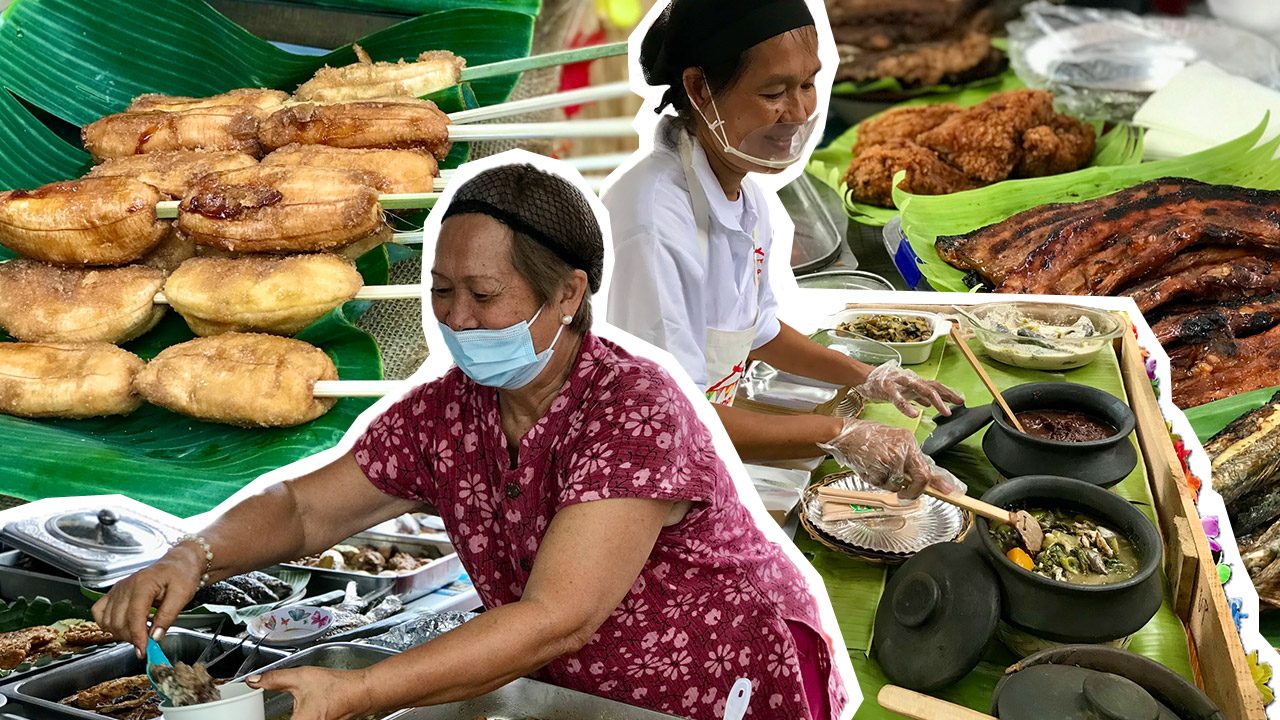
MANILA, Philippines – It’s a Filipino fiesta all year round!
Just in time for Filipino Food Month, the Department of Tourism (DOT) launched the first “Philippine Eatsperience” on Wednesday, April 3, a local food market that aims to highlight Filipino cuisine as a vessel to attract both domestic and international tourists.
The food fair is one of the projects under the Philippine Experience Program (PEP), a flagship initiative of DOT.
“We are crafting unique culinary tours and circuits that allow connoisseurs and travelers alike to explore our gastronomic delights at the grassroots level,” Tourism Secretary Christina Frasco said at the Philippine Eatsperience launch.
“Through these, we aim to showcase the diversity and richness of our culinary traditions.”
Located at Manila’s historical landmarks like Rizal Park and the walled city of Intramuros, regular park goers and tourists alike can taste their way through the Philippines through the fair’s different regional cuisines.
The fair itself exudes the vibrantly diverse culture of our local gastronomy, featuring provincial delicacies, nostalgic treats, and the warm hospitality of the stall owners.
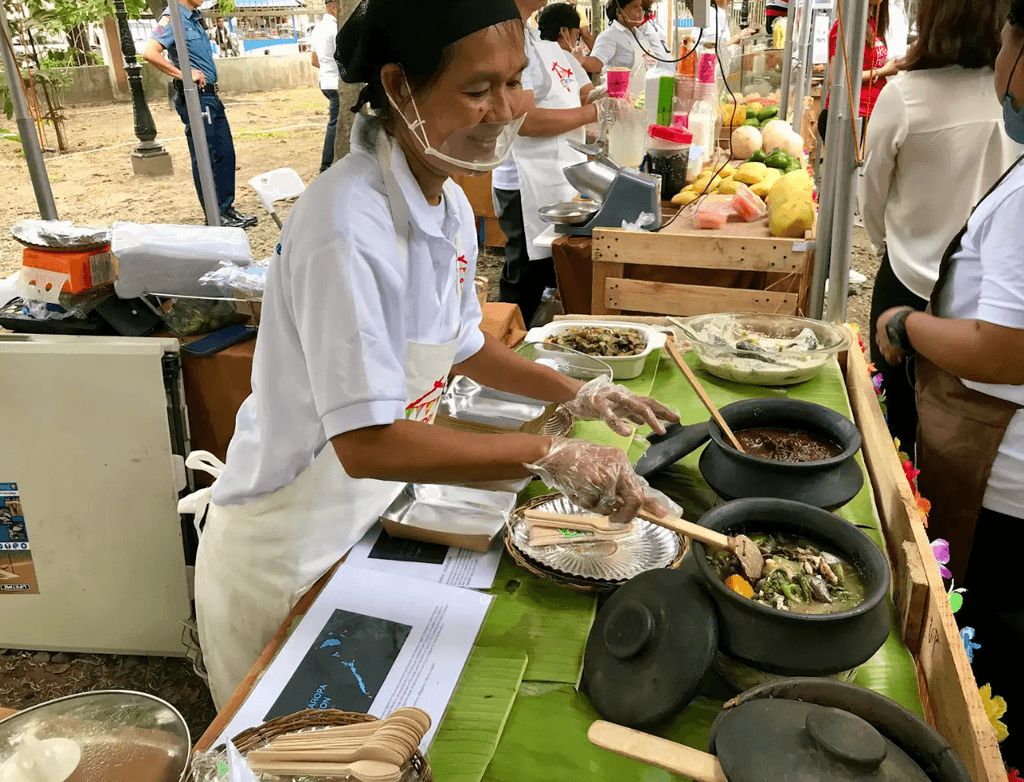
Hungry yet? Here’s what you can look forward to before getting a taste of the Philippine Eatsperience for yourself. Kain na!
No shortage of choices
Visitors can expect delicious, authentic, yet affordable Filipino grub, ranging from underrated regional cuisine to nostalgic street food, as well as iconic pasalubong treats and ice-cold refreshers.
You can also learn a thing or two about where the dishes hail from – every stall has a brief historical description of its offerings and a background of the region they’re from.
Cagayan Valley, Central Luzon, and Mimaropa or the Southwestern Tagalog Region are a few of the regional cuisines repped at Philippine Eatsperience.
While there is a variety of food options at both locations, we noticed that there were a few more hefty ulam (viand) options at Intramuros in particular, while Rizal Park’s menu veers towards lighter snacks and merienda (snack) options.
We spotted everything from silogs, kakanin, fresh sugarcane and coconut juice, pancit bagnet, cheese corn, tusok-tusok (skewers). You name it! The fair’s filling viand selection is also worth saving your appetite for, featuring the likes of Cebu lechon, chicken inasal, pork dinuguan, and Bicol express.
Supporting local
The Philippine Eatsperience showcases more than 30 local food concessionaires and small food businesses, which include merchants from the Kilometro Zero Organization and other community-based groups.
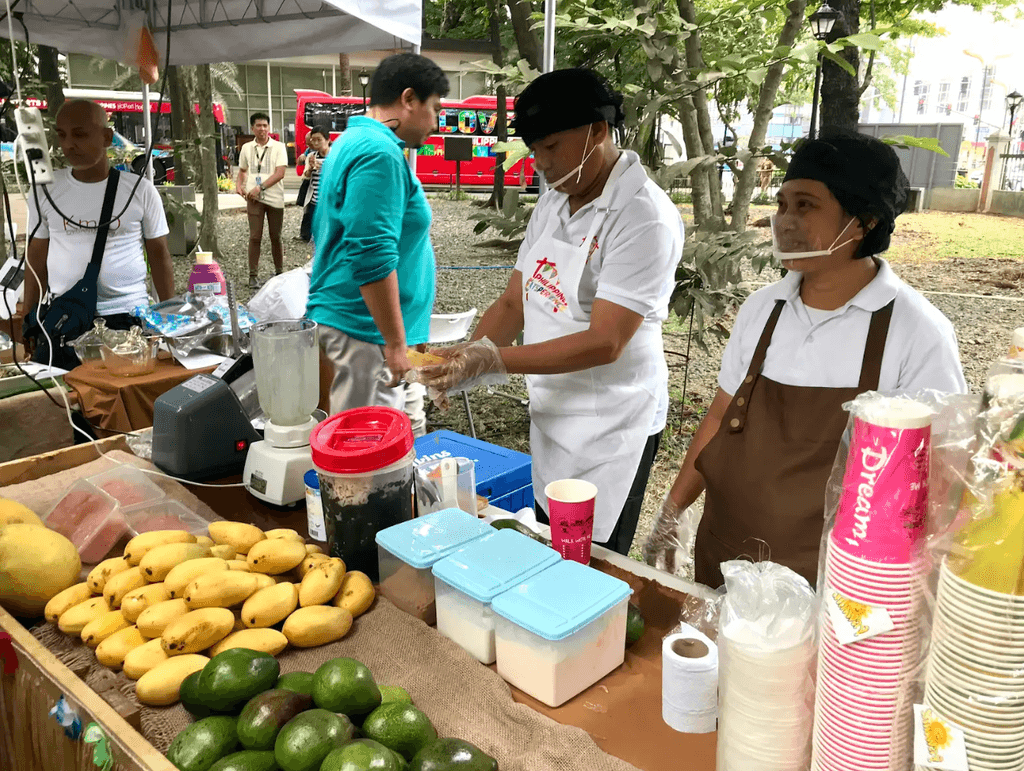
In preparation for the project, vendors have rigorously undergone culinary and food safety workshops or seminars led by the Technical Education And Skills Development Authority (TESDA) and the Department of Science and Technology (DOST).
Philippine Eatsperience merchant Dolores Mendoza has been feeding Intramuros workers and students with her lutong-bahay (home-cooked) meals for more than 40 years now. Not too far from where the Intramuros bazaar is located, Dolores’ eatery is one of many well-loved food spots and karinderyas that originated from the district. They have since relocated to become part of the Philippine Eatsperience for the rest of the year.
“Pumayag kami na lumipat dito para ma-recognize, ma-boom, at makilala ng husto ang Intramuros,” Dolores told Rappler.
(We agreed to relocate so that Intramuros could be further recognized and could boom.)
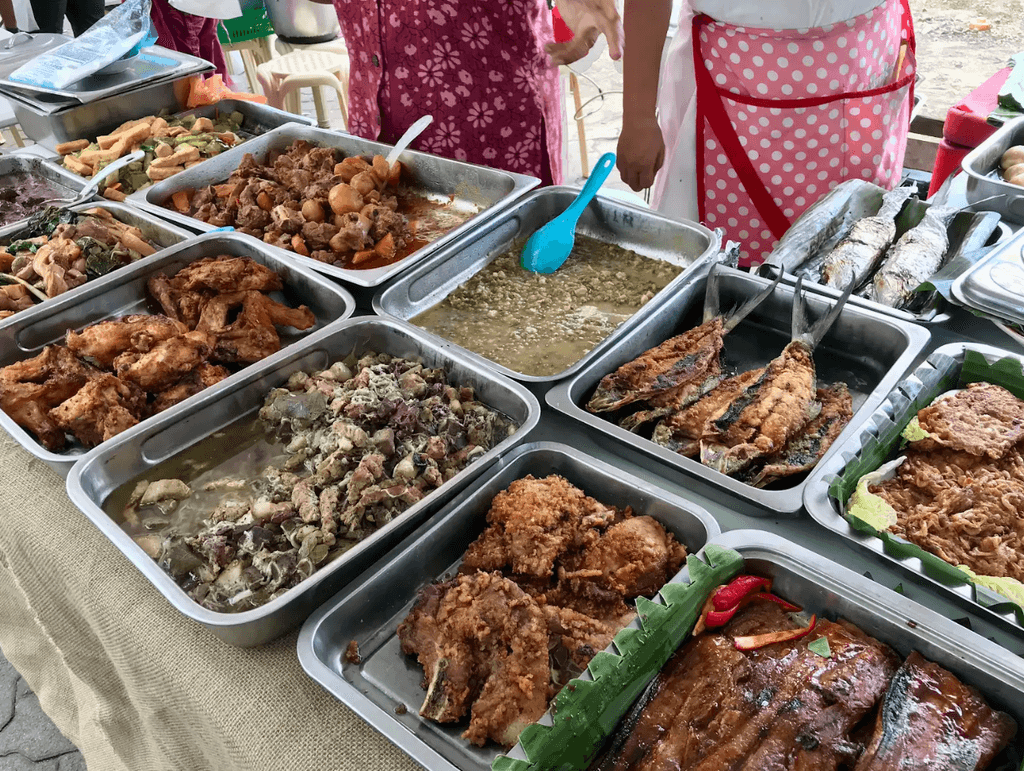
She shared that the move is an opportunity for small businesses like theirs to become more visible and attract more customers, making the most out of the steady uptick of tourists visiting the area.
A fiesta for the senses
The fair was strategically set up at the two popular locations. Rizal Park is known to be a prime public outdoor space for social gatherings and picnics, while Intramuros has become its own dynamic lifestyle district, showcasing its rich history while hosting various public events.
To fully enjoy the experience, DOT made sure that live entertainment would accompany every food trip. Philippine Eatsperience will also include a “weekly lineup of food demonstrations and activities” for the public to participate in.
An ongoing celebration of culture
The “Buwan ng Kalutong Filipino” or Filipino Food Month of April looks to uphold Filipino food as an “art form that celebrates and harmonizes our diversities.”
National Commission for Culture and the Arts (NCCA) Executive Director Oscar Caysasay noted that with centuries of colonization along with the realities of globalization and neoliberalism, the Filipino palate has seen numerous indigenous and colonial influences – a melting pot of all these eras.
“Our hapag-kainans, our salo-salos, are constantly changing over time – our proof of our enduring dedication to embrace the culinary traditions and dishes that our ancestors gifted us,” Caysasay said.
Spearheaded by the NCCA alongside the DOT, Department of Agriculture (DA), and the Philippine Culinary Heritage Movement (PCHM), Filipino Food Month is celebrated every April by virtue of Proclamation No. 469, Series of 2018.
Philippine Eatsperience is a yearlong project under the lineup of NCR, regional, and international festivities slated for Filipino Food Month this year.
Philippines Eatsperience is set to run for one whole year. Its Rizal Park location (Noli Me Tangere Garden) is open from 7 am to 10 pm from Friday to Sunday, while the Intramuros spot (Baluarte Plano de Sta. Isabel) is open daily from 7 am to 5 pm. – Rappler.com
Add a comment
How does this make you feel?
![[Uncle Bob] No whores at the Oarhouse](https://www.rappler.com/tachyon/2024/06/oarhouse-june-28-2024-2.jpg?resize=257%2C257&crop=414px%2C0px%2C1080px%2C1080px)


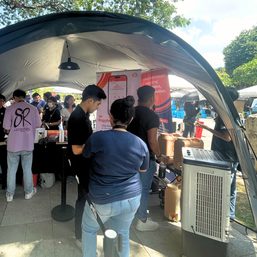
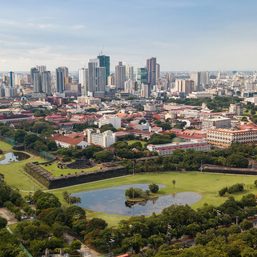
There are no comments yet. Add your comment to start the conversation.